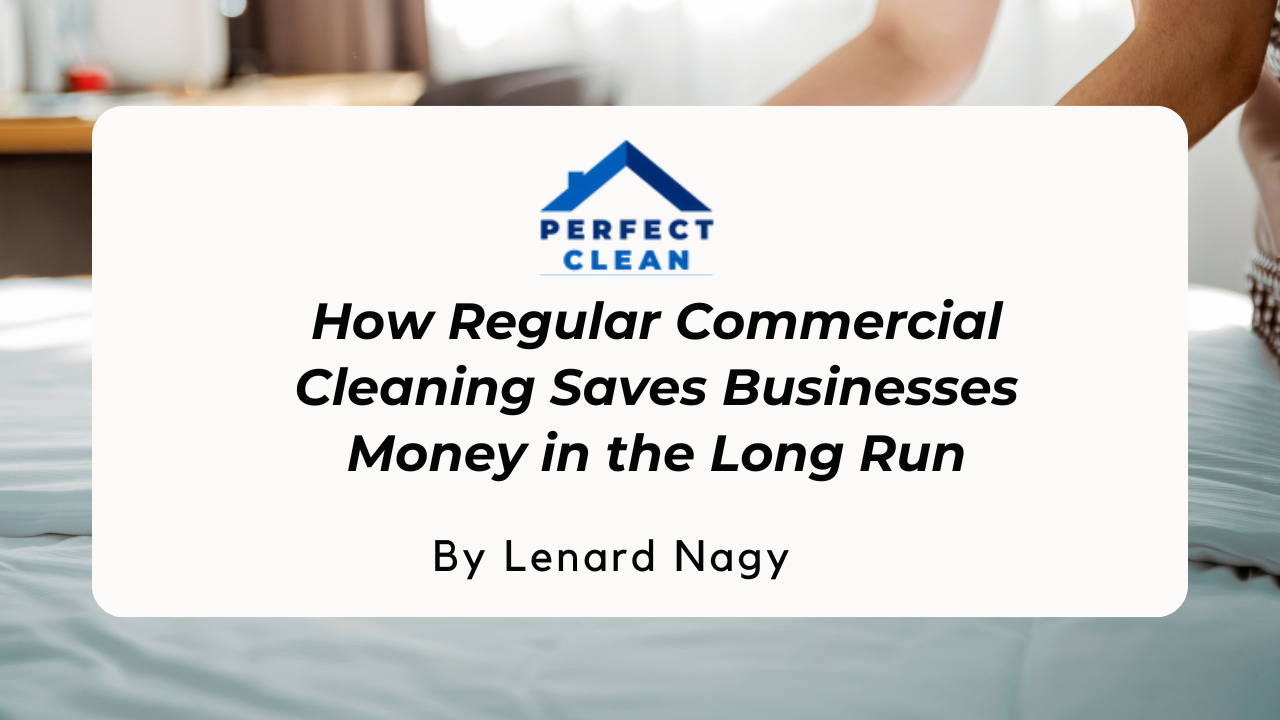Carpet is a beautiful addition to any home or office, providing comfort and style. However, when faced with an unexpected water leak or excessive moisture, your carpet can become a breeding ground for mould. Mould not only damages the carpet but also poses health risks to you and your loved ones.
In this comprehensive guide, we will delve into the process of removing mould from carpets, providing you with step-by-step instructions and expert tips. Whether you’re dealing with a small patch of mould or a larger infestation, this guide will equip you with the knowledge and techniques to effectively clean your carpet and restore a safe and healthy environment.
Understanding the Impact of Mould on Health
Before we dive into the process of removing mould from carpets, it’s important to understand the potential health risks associated with exposure to mould. Mould releases allergens and can even produce toxic substances known as mycotoxins. These substances can cause throat, skin, and eye irritation, as well as respiratory issues such as coughing and a stuffy nose.
Individuals with weakened immune systems or pre-existing respiratory conditions, such as asthma, are particularly susceptible to the adverse effects of mould. By promptly addressing mould growth in your carpet, you can safeguard your health and that of your family.
How Mould Develops on Carpets?
Carpets provide an ideal environment for mould growth due to their dense fibres and ability to retain moisture. When exposed to water or excessive humidity, carpets can trap moisture, creating the perfect conditions for mould to thrive.
Mould spores, naturally present in the air, can settle on the carpet and begin to germinate, utilizing the moisture and organic matter in the carpet fibres. This process can go unnoticed for weeks, as mould often develops beneath the surface of the carpet. Discolouration or a musty smell may be the first signs of mould growth. It’s crucial to address any moisture issues promptly to prevent mould from taking hold of your carpet.
Assessing the Severity of the Mould Infestation
Before embarking on the mould removal process, assessing the infestation’s severity is essential. If the affected area is smaller than 10 square feet and the mould growth is relatively mild, you can attempt to clean the carpet yourself. However, if the infestation covers a larger area or you’ve experienced flooding involving sewage or contaminated water, it’s best to seek professional assistance.
Professionals have the expertise, equipment, and knowledge to handle extensive mould infestations effectively and ensure the complete removal of mould from your carpet.
DIY Carpet Cleaning: Step-by-Step Process
If you’ve determined that the mould infestation on your carpet is manageable, you can proceed with the following step-by-step process to clean it yourself. Ensure you have the necessary safety equipment, including gloves, a face mask, and eye protection, to protect yourself from mould spores and cleaning chemicals.
Step 1: Ventilate the Area
Begin by ventilating the room to prevent the spread of mould spores. Open windows and use fans to increase air circulation. It’s important to strike a balance between ventilation and isolation. While you want to prevent spores from spreading to other areas of your home, proper ventilation is crucial during cleaning, especially when using cleaning chemicals.
Step 2: Remove Visible Mould
Use a stiff brush or broom to remove as much visible mould as possible. Sweep the mould into a bag and dispose of it properly. Avoid using a vacuum without a HEPA filter, as this can spread mould spores throughout your home.
Step 3: Choose a Cleaning Solution
You can use several effective cleaning solutions to tackle mould on your carpet. Vinegar and baking soda are natural options that can effectively remove mould and eliminate odours. Alternatively, you can opt for commercial anti-fungal cleaners specifically designed for mould removal. These cleaners are available at most hardware stores and are formulated to effectively combat mould growth.
Step 4: Apply the Cleaning Solution
Apply your chosen cleaning solution to the affected areas of the carpet. If using vinegar and baking soda, sprinkle baking soda over the mouldy areas and let it sit overnight to absorb moisture and odours. Mix vinegar with water the next day and scrub the carpet using a stiff brush. For commercial anti-fungal cleaners, follow the manufacturer’s instructions for application.
Step 5: Allow the Carpet to Dry
After cleaning, allow the carpet to dry completely. Open windows, use fans or run a dehumidifier to expedite drying. It’s important to ensure the carpet is thoroughly dry to prevent any remaining moisture from promoting further mould growth.
Step 6: Vacuum the Carpet
Once the carpet is dry, use a vacuum cleaner with a HEPA filter to remove any remaining mould spores and debris. Be sure to change the vacuum filter before using it again to prevent the spread of mould spores to other areas of your home. If your vacuum does not have a HEPA filter, use a broom and dustpan to collect the debris.
Step 7: Optional Steps for Enhanced Prevention
To further prevent mould growth in your carpet, you can consider additional steps such as applying an anti-fungal coating or using a steam cleaner. Anti-fungal coatings are available in spray form and can help inhibit the formation of mould. Steam cleaning has been found to be highly effective in killing mould, but ensure that the steam cleaner is used according to the manufacturer’s instructions.
Step 8: Regular Maintenance and Prevention
It’s important to implement regular maintenance and prevention strategies to maintain a mould-free carpet. Here are some tips to keep in mind:
- Use moisture-resistant padding when installing a new carpet.
- Clean and dry rugs regularly, especially in areas prone to moisture.
- Keep humidity levels in your home below 60% by using dehumidifiers or running air conditioning.
- Vacuum your carpet frequently to remove dust and prevent organic matter accumulation.
- Replace air filters regularly to filter out allergens, including mould spores.
When to Seek Professional Help?
While DIY carpet cleaning methods can be effective for smaller mould infestations, there are instances when professional help is necessary. If the mould infestation covers a large area (more than 10 square feet), or if you’re dealing with contaminated water or sewage-related mould growth, it’s best to consult a professional mould remediation service. Professionals have the expertise and specialized equipment to handle extensive mould infestations safely and thoroughly.
Perfect Clean: Your Trusted Carpet Cleaning Partner
If you’re in need of professional carpet cleaning services in Ireland, look no further than Perfect Clean. As a leading domestic and commercial cleaning company based in Dublin, we specialize in providing top-quality carpet cleaning services. Our team of experts is equipped with the knowledge and experience to effectively remove mould from your carpets, ensuring a clean and healthy environment for you and your family.
In addition to carpet cleaning, we offer a range of other services, including window cleaning, commercial cleaning, kitchen cleaning, office cleaning, regular cleaning, and deep cleaning. Contact Perfect Clean today to book our services and enjoy a mould-free and pristine carpet in your home or office.
Conclusion
Removing mould from your carpet is crucial in maintaining a clean and healthy environment. By following the step-by-step process outlined in this guide, you can effectively eliminate mould from your carpet and prevent its recurrence. Remember to prioritize your safety by wearing appropriate protective gear and choosing safe cleaning solutions for both you and the environment.
For extensive mould infestations or situations involving contaminated water, it’s best to seek professional assistance. With Perfect Clean by your side, you can trust in our expertise and dedication to providing exceptional carpet cleaning services. Say goodbye to mould and hello to a fresh, clean carpet that enhances the beauty and comfort of your home or office.














